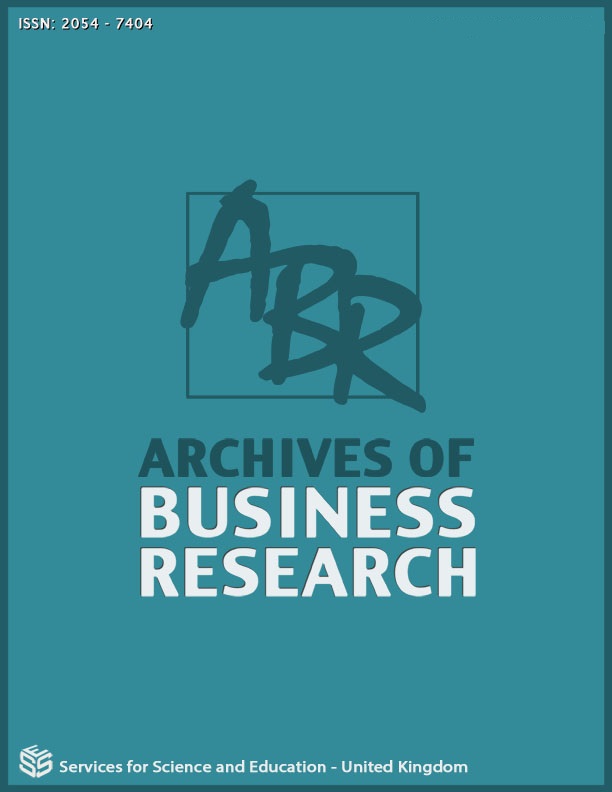On Quantification of Incidence and Intensity of Poverty
A Global to Local Preview
DOI:
https://doi.org/10.14738/abr.102.11759Keywords:
Head Count Ratio (HCR), Poverty Gap, Poverty Threshold, Urban Poverty, Rural Poverty, Poverty AssessmentAbstract
The study aims to explore and quantify poverty from global to local context based on available secondary data published by the World Bank and Planning Commission of India. The study reveals that the global absolute number of poor and poverty ratio has declined in spite of the increase in total global population. At the National level, not only the poverty ratio but also the poverty gap has declined. However, the disparity in the number of poor people in its complete term points out a different trend of poverty, i.e., poverty in India was getting tilted to urban poverty. Almost all developing economies have been showing the same trend; a large proportion of the urban poor live on less than 1$ a day. The incidence of poverty in the state of Assam has been on a declining trend since 1973-74. However, Assam has experienced an increase in absolute poverty, both rural and urban, as a result of the state's rapid population growth and others. The study recommended institutional initiatives for continuous monitoring of official poverty data, which has been suspended since 2011. It is also essential to have a new poverty assessment based on multidimensional components like access to health care, education, sanitation, and living spaces with social distance along with income.
References
Banerjee V. Abhijit, Esther Duflo. (2011). Poor Economics-rethinking poverty and ways to end it. Haryana: Penguin Random House India Pvt. Ltd.
Bhattacharya, R. (2021). Number and Beyond: Poverty Debate and India’s Northeastern Region. Aitihya The Heritage, Multi-Lingual Research Journal on Indology, 17-31 vol-xii, issue-1.
Kailasam Guduri. (2017). Poverty Trends in India: A State-wise Analysis. International Journal of Research in Economics and Social Sciences (IJRESS) Vol. 7 Issue 10, 348-355.
McCrudden, C. (2008). Human Dignity and Judicial Interpretation of Human Rights. European Journal of International Law, Volume 19, 655–724, https://doi.org/10.1093/ejil/chn043.
P. Marco, Shailen Nandy. (2020). Measuring Multidimensional Poverty According to National Definitions: Operationalising Target 1.2 of the Sustainable Development Goals. Social Indicators Research, 148:105–126.
Planning Commission. (2014). Report of the expert group to review the methodology for estimation of poverty. New Delhi: Government of India.
Planning Commisssion. (2014). Report of the expert group to review the methodology for measurement of poverty (C. Rangarajan Committee Report). New Delhi: Government of India.
Ravallion, M., Chen, S., &Sangraula, P. (2007). [21] New evidence on the urbanization of global poverty. Population and development review, 33(4), 667-701.
World Bank. (2020). Poverty and Shared Prosperity. Washington D.C. https://openknowledge.worldbank.org/bitstream/handle/10986/34496/9781464816024.pdf: World Bank Group.
Downloads
Published
How to Cite
Issue
Section
License
Copyright (c) 2022 Rabinjyoti Khataniar

This work is licensed under a Creative Commons Attribution 4.0 International License.






